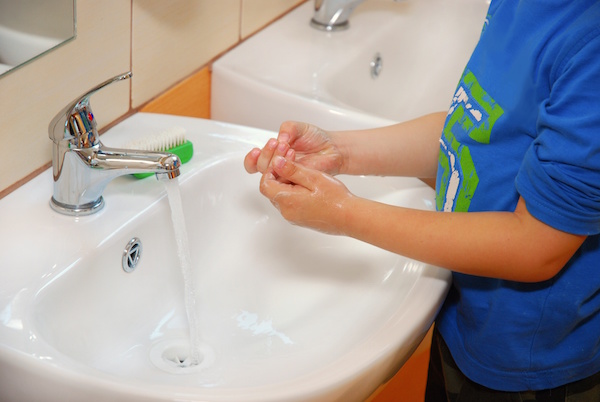
WEDNESDAY, March 9 (HealthDay News) — Even as peer pressure mounts in early adolescence, kids’ brains are developing an ability to help fight the temptations of risky behavior, novel new research reports.
Over a three-year period, researchers from Oregon and California studied 24 girls and 14 boys from diverse backgrounds to gain insight into the brain’s wiring during adolescence, finding the most significant changes in a region linked to reward processing.
The children underwent functional MRI scans twice, at ages 10 and 13, to measure blood flow changes in the brain as they were shown pictures of faces making neutral, angry, fearful, happy and sad emotional expressions. They also filled out questionnaires evaluating their own susceptibility to peer influences and risky or delinquent behavior.
Over the study period, activity increases in a brain region known as the ventral striatum correlated with an increase in the children’s self-reported ability to deflect peer pressure, said study author Jennifer Pfeifer, an assistant professor of psychology at the University of Oregon and director of its Developmental Social Neuroscience Lab. She added that early adolescence is a key period because peer influence has been shown to be greatest during late elementary to early middle school.
“To have clinical applications, we need to understand what’s developing formatively to identify the things that are atypical,” Pfeifer said. “We need to know … what changes when.”
The study is published in the March 10 issue of the journal Neuron.
Richard Gallagher, an associate professor of child and adolescent psychiatry at New York University, said he was concerned that the study results might be skewed because two-thirds of the participants were girls.
“I do know girls and women are much more attentive to emotions than boys, and get a lot less involved in risky behavior,” Gallagher said. “This means we have to be cautious about how we interpret the results.”
A surprise finding was that the brain region known as the amygdala, which regulates emotional reactions, showed significant changes only to the sad faces presented to the children over the three years. This response could be linked to the emergence of adolescent depression, particularly in girls, according to the researchers.
“We know the incidence of depression goes up significantly in adolescence,” said Dr. Monica Michell, attending psychiatrist and former chief of child and adolescent psychiatry at Lenox Hill Hospital in New York City. “But why that should happen at that time, we don’t know.”
Michell cautioned, however, that in the study, the children’s self-reporting could differ significantly from others’ perceptions of their behavior.
“I don’t know if that’s the same as reports by parents in their environment,” Michell said. “As a clinician, I would pay more attention to how they’re able to process emotion and talk about it in a more nuanced way.”
“I’m happy someone is doing this work, and it’s fascinating work,” she added. “But it’s one study … and it just adds to the body of knowledge out there.”
Gallagher said the concept should be studied over an even longer period of time — perhaps to early adulthood — and should include equal numbers of boys and girls.
“Even when kids are 13, they’re not so independent of their parents,” Gallagher said. “They’re still in the phase of life where parents still know a lot about where they are and their activities. It would be interesting to see … when parents are less involved, where environmental influences override this brain maturity.”
Pfeifer noted that research delving into the wiring of the human brain and its influence on behavior is becoming increasingly common.
“I do think there’s an increased interest in this field, and people see neuroscience as providing biomarkers … to better target treatment,” she said. “It’s really important for building the foundation of clinical treatments.”
More information
The Society for Neuroscience has more on the brain-behavior connection.

